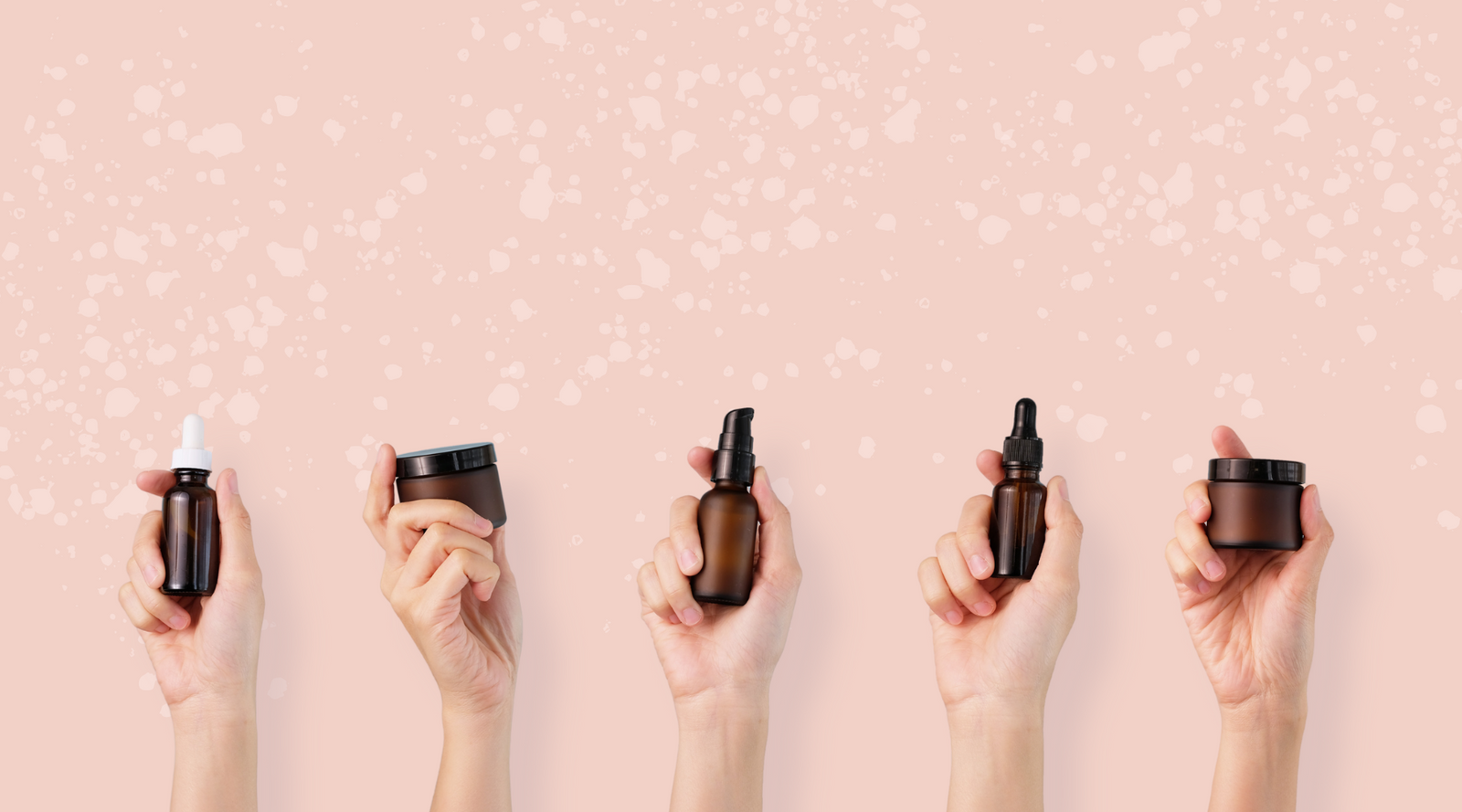Hyperpigmentation on the skin is a major concern for many. These areas of blotchy, uneven brown discoloration also known as brown spots, age spots, liver spots or masks often cause one much stress and self-consciousness. So, what causes it and how do you fix it?
Hyperpigmentation is more common in skin types with higher melanin content. If you have dark hair, dark eyes or dark skin then you naturally have more melanin content in the skin. In these skin types, when the skin is exposed to UV light or experiences inflammation like acne, eczema or post-procedural trauma, you will notice browning hyperpigmentation on the skin due to hyperactivity of your pigment cells called melanocytes.
Types of Hyperpigmentation:
- Post-inflammatory pigmentation (PIH): This type of pigmentation shows up after the healing of a wound, acne lesion, eczema patch or post procedures like peels or lasers. This type of pigmentation usually resolves on its own in 3- 6 months with proper skincare and sun protection. However, it can be treated more quickly with the skincare products listed below.
- Photodamaged hyperpigmentation, usually presents as freckling or a uniform splotchy browning over the skin. This type of pigmentation comes from sun exposure. You may notice tan lines on areas of the body. This chronic sun exposure over time will lead to chronic freckling and pigmentation which makes the skin look more aged and sometimes thickened and leathery.
- Melasma is a hormonal pigmentation that looks more mask like and tends to present symmetrically on the upper lip, cheeks or forehead. Melasma is a chronic inflammatory skin condition that cannot be cured, so, you need to understand how to manage it with proper treatment. It is caused by hormonal changes with birth control pills, pregnancy (AKA mask of pregnancy) or hormone replacement treatments. Melasma can be exacerbated with sun exposure, light exposure, heat, stress, hormones and inflammation.
How to treat Hyperpigmentation Concerns:
For all types of hyperpigmentation, the mainstay of treatment is proper skincare.
- Sun protection is of the utmost importance for those prone to hyperpigmentation. You must apply an SPF with zinc oxide daily to the face, neck and chest areas to slow the aging and discoloration process. If you are an outdoor lover, then the SPF with zinc needs to be water resistant and you should reapply every 90 minutes while outdoors. My favorite sunblocks are by Elta MD and ColoreScience. Use protective clothing as well, such as hats and UPF long-sleeve shirts.
- Skin lighteners and brighteners contain ingredients that help to stabilize melanocyte activity to prevent hyperactivity and hyperpigmentation. There are prescription strength skin lighteners such as hydroquinone that can be very effective and potent; however, these need to be prescribed and monitored closely by your cosmetic medical provider to prevent worsening of the pigmentation. There are many safe and effective alternatives to hydroquinone like Vitamin C, Retinaldehyde Vitamin A, kojic acid, songyi mushroom extract and arbutin. For melasma, treatment with topicals alone is difficult so I recommend seeing a cosmetic medical provider to guide you. In our Mikel Kristi product line, we offer skin lightening ingredients in many of our products such as our Vital C serum, Vital A serum, BioPeptide Lotion and C Radiance Moisturizer. For optimal skin lightening with topical ingredients, they need to be combined with a daily exfoliation product like our Vital A serum and Rejuvenating Swipes. With any topical skincare regimen, you need to be patient in seeing results. Results may take 3-4 months.
- For faster results and for deeper pigmentation like photodamage or melasma, you may consider doing skin rejuvenation procedures like lasers or peels. Melasma will almost always need a treatment like a chemical peel, microneedling or laser to see dramatic results. But be careful and see a cosmetic provider with experience in treating melasma because some treatments can worsen it. Photodamage is the easiest to treat. I love treatments like the photofacial BBL and Halo laser. With any procedure, you will need to be consistent with the above skin care ingredients and products to maintain your results long-term.
For more information and to get started on your skin brightening journey, go to mikelkristi.com. If you would like a consultation, send us a message on our virtual skincare concierge app located at the bottom right of our homepage.













Leave a comment (all fields required)